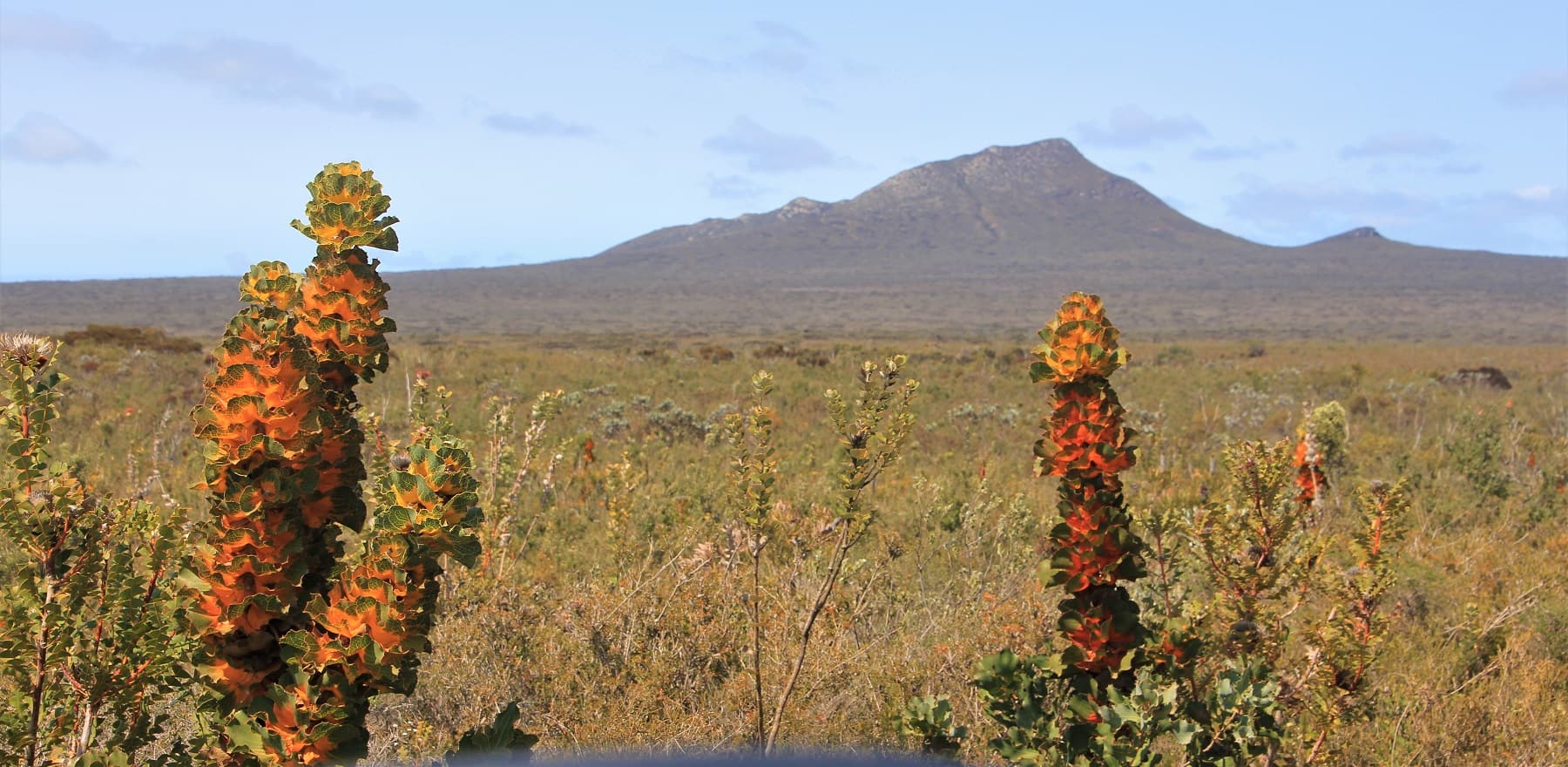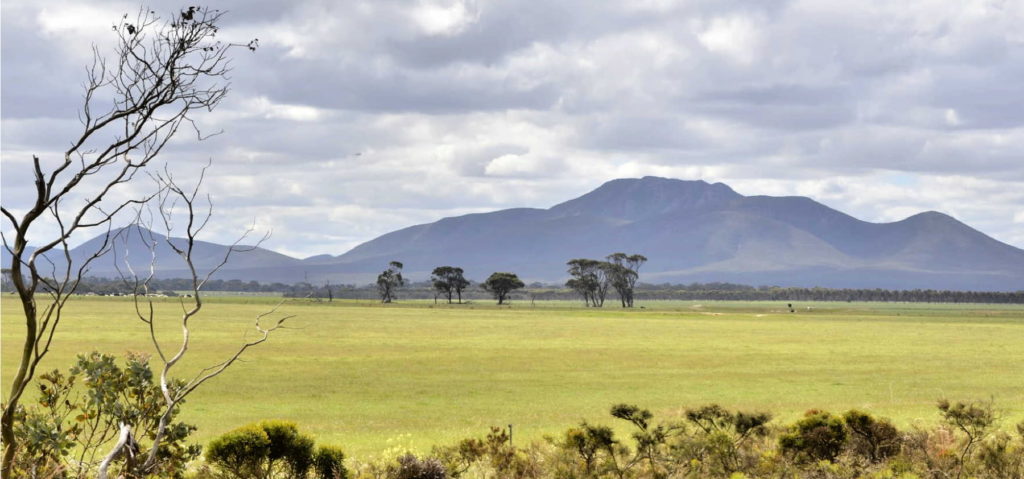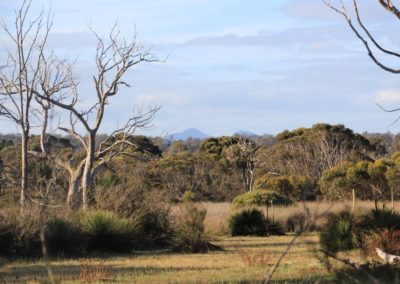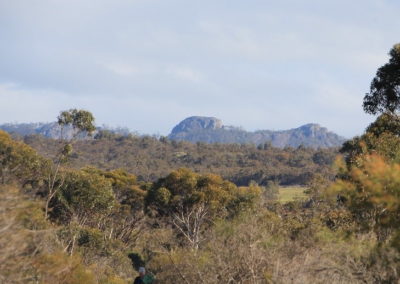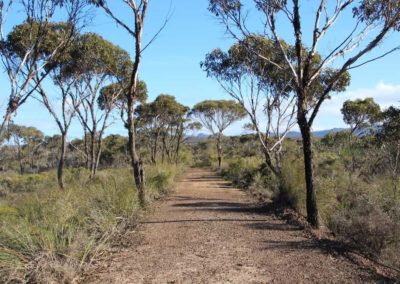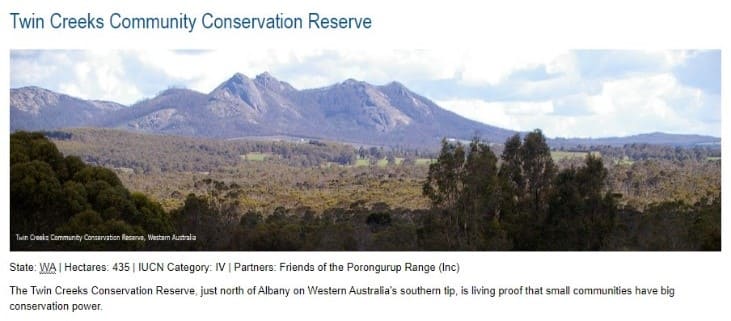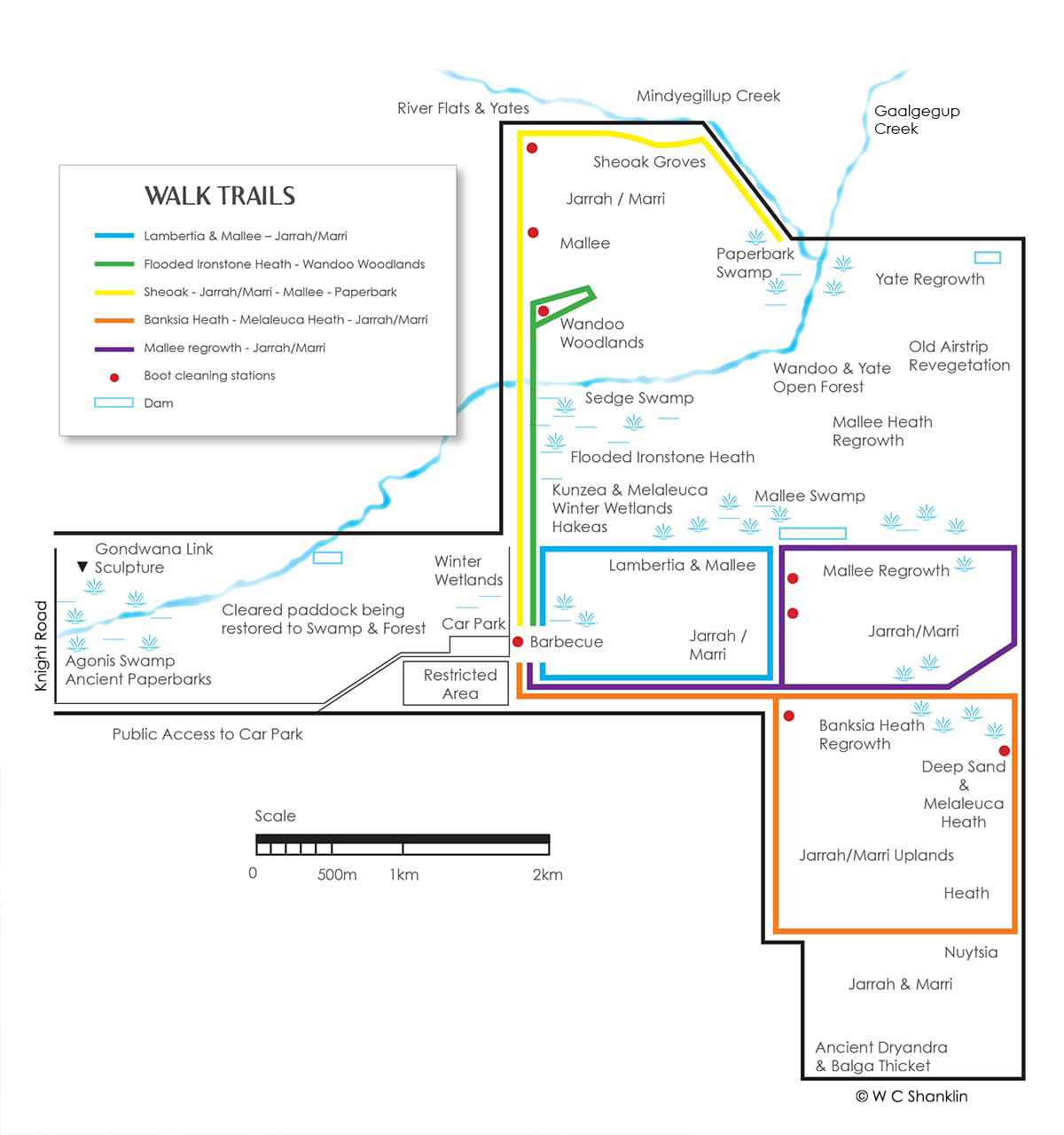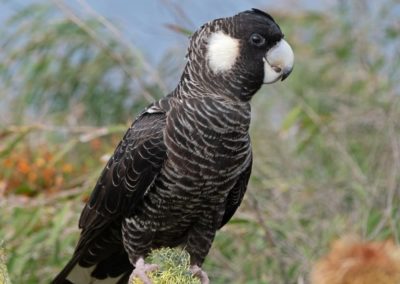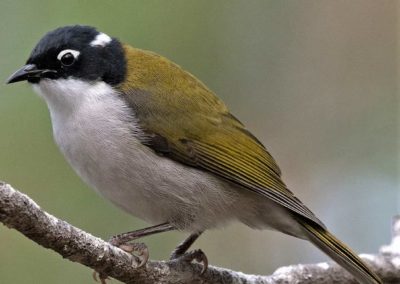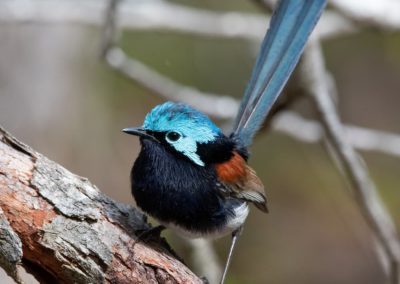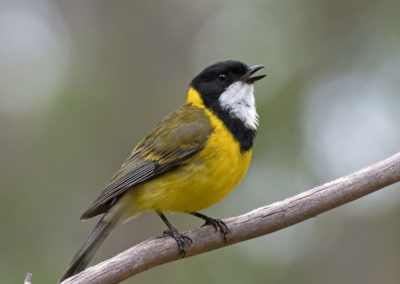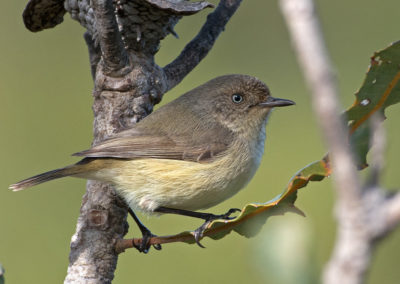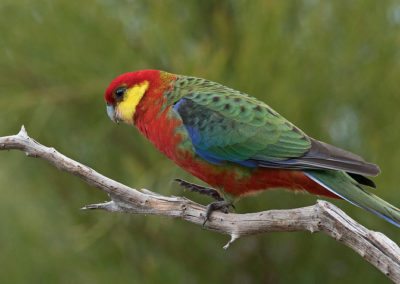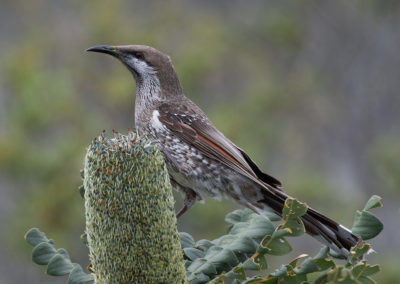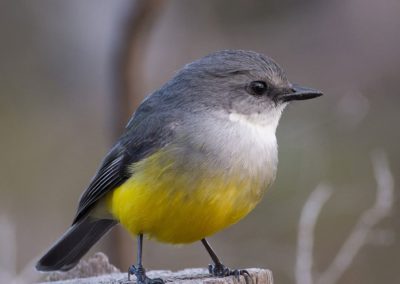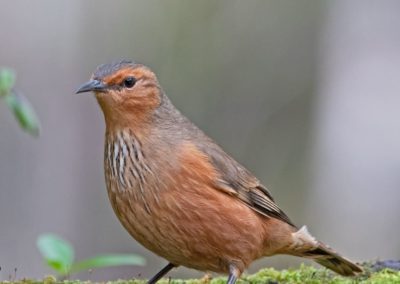-
Toilets Available
-
Disabled Access
-
Picnic Areas
-
Hiking
-
BBQ Available
-
Mobile Reception (Telstra)
-
No Pets Allowed
Overview
Nestled between the Porongurup and Stirling Ranges, Twin Creeks is a privately owned conservation reserve – purchased and managed by the Friends of the Porongurup Range.
This is a passionate group of people making a real difference to the conservation of their region. Twin Creeks is a crucial part of the Ranges Link project. Co-ordinated by the Oyster Harbour Catchment Group, the Ranges Link project has fenced over 400 kilometres of bush and waterways and is reconnecting remaining habitats between the Stirling Range and Porongurup national parks. Ranges Link is part of the even larger scale Gondwana Link effort.
The work of the Friends of the Porongurup Range to create and care for the Twin Creeks Conservation Reserve and safeguard the Porongurup National Park and hinterland, is a wonderful example of a community-based organisation taking bold steps to protect and manage their local natural environment.
For visitors seeking eco-art inspiration, a big story is told through an evolutionary and First Nations art sculpture located in the Twin Creeks Conservation Reserve near Knights Rd.
For nature enthusiasts, Twin Creeks has a spectacular diversity of plants and animal life which can be explored via several short walk trails. Bird watchers will find a great range of bird species, from small wrens to the occasional flock of cockatoos.
The Friends of the Porongurup Range take great pride in owning and looking after such a significant conservation reserve. They welcome you warmly to their special place and hope you will enjoy your visit.
There are picnic facilities, BBQs and toilets onsite. Please respect the property and follow the guidelines for entering. Any support you can provide to the Friends, including a donation, will be greatly appreciated.
Story of the place
Watch
Ranges Link: Bringing Country Back to Life
Credit: Gondwana Link
Listen
Read
Noongar Boodja
Twin Creeks sits on Noongar land, and is part of the network of waterways and small valleys between two very culturally significant areas Borong -g urup (Porongurup) and Koi Kyeunu-ruff (Stirling Range).
We understand it would have been an important living and food gathering area, with fresh water coming down the creeks and many different vegetation types yielding different types of food.
All ancestral lands are important to Noongar people and the Friends respect that, and ask visitors to be kind to Boodja (country).
Why Twin Creeks?
Twin Creeks is named for the two creeks which meet on the property and flow to the Kalgan River, which flows into the Oyster Harbour and then out to the sea at Emu Point near Albany.
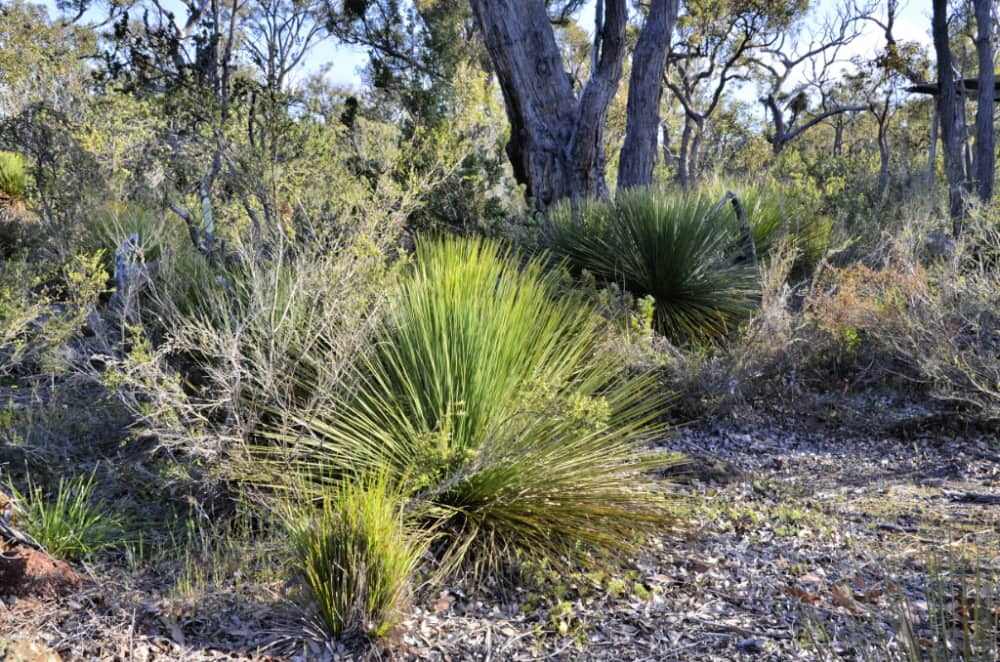
Twin Creeks is on the plain between the Porongurup and Stirling Ranges, at the heart of one of the most biodiverse areas of the world. It is one of the few remaining protected bush properties in the broad Kalgan valley, which is dominated by agriculture. When farmed it was only ever partially cleared, and is now a mixture of remnant bush, revegetation, and regrowth.
A variety of soil types across the reserve has created a landscape rich in biodiversity – the laterite uplands of Jarrah/Marri to the flooded ironstone lowlands to the granite outcrops and sheoak groves.
When this special property with its significant conservation values came onto the market, the Friends of the Porongurup Range realised that with a new owner it was at risk of being all cleared or subdivided.
This spurred the volunteer, not-for-profit organisation into action. By 2003 they had managed to raise the funds and they purchased the 511ha property.
In doing so, the Friends of the Porongurup Range made history by creating a unique community-privately owned reserve which continues to be restored and managed by the group and is open to visitors.
Twin Creeks is now part of the National Reserve System and there is a conservation covenant on the land, meaning that no matter the future ownership, it cannot be cleared. And now it is also being well managed, regenerated, studied and enjoyed for its intrinsic values.
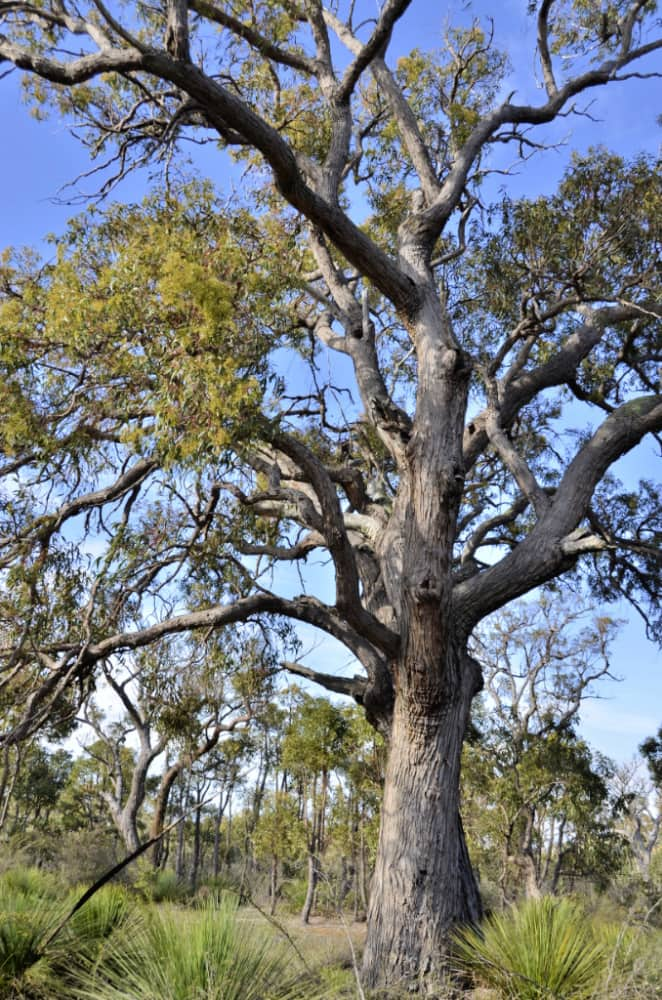
A place of transitions
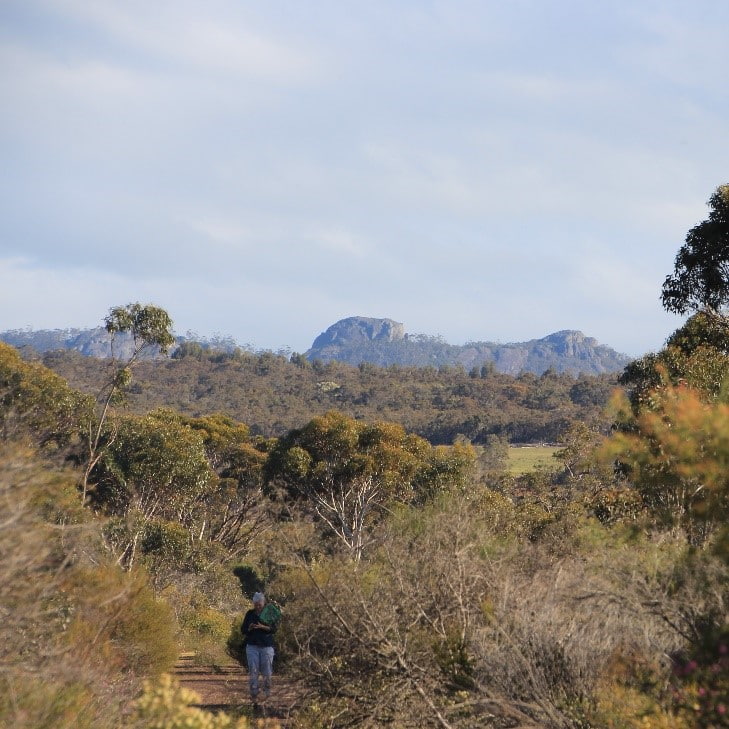
From Twin Creeks you can see both Borong-ur (Porongurup Range) and Koi Kyeunu-ruff (Stirling Range).
You’ll notice how different they look, which tells a story of their different geological history.
Twin Creeks lies in the valley between these two places, and so is a transition zone where there is a mixture of all kinds of landforms and soil types: upland laterite, flooded ironstones, deep grey sands and granite outcrops.
Each of these landforms and soil types have their own plant species, some rare and endangered.
The reserve has such a rich diversity of soil types that the habitat can change dramatically over short distances. Heathlands and mallee give way to jarrah and marri trees atop ancient rust-coloured laterite ridges while stands of Porongurup karri and wandoo woodlands dot the reserve.
There are also vast differences in rainfall across the region, dramatically reducing as you travel from south from the Porongurup Range, north to the Stirling Range. Differing amounts of rainfall is also reflected in the diversity of vegetation types, and some of this diversity is there within the Twin Creeks Reserve – from karri to mallee.
Spectacular wildflowers
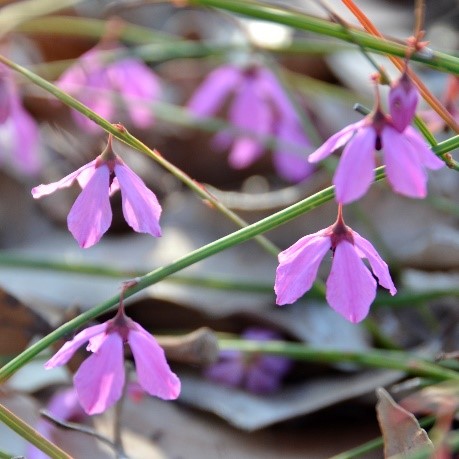

The diversity of soil types which results in the immense diversity of flora at Twin Creeks means that there will probably be something flowering all year round.
Like everywhere else in south-western Australia the most spectacular flowering display will be in Djilba and Kambarang (August to December).
Results from regular biodiversity surveys of the Porongurup area by the Friends of the Porongurups are available at iNaturalist:
There are also iNaturalist Guides for the broader Porongurups area:
Nectar lovers and others
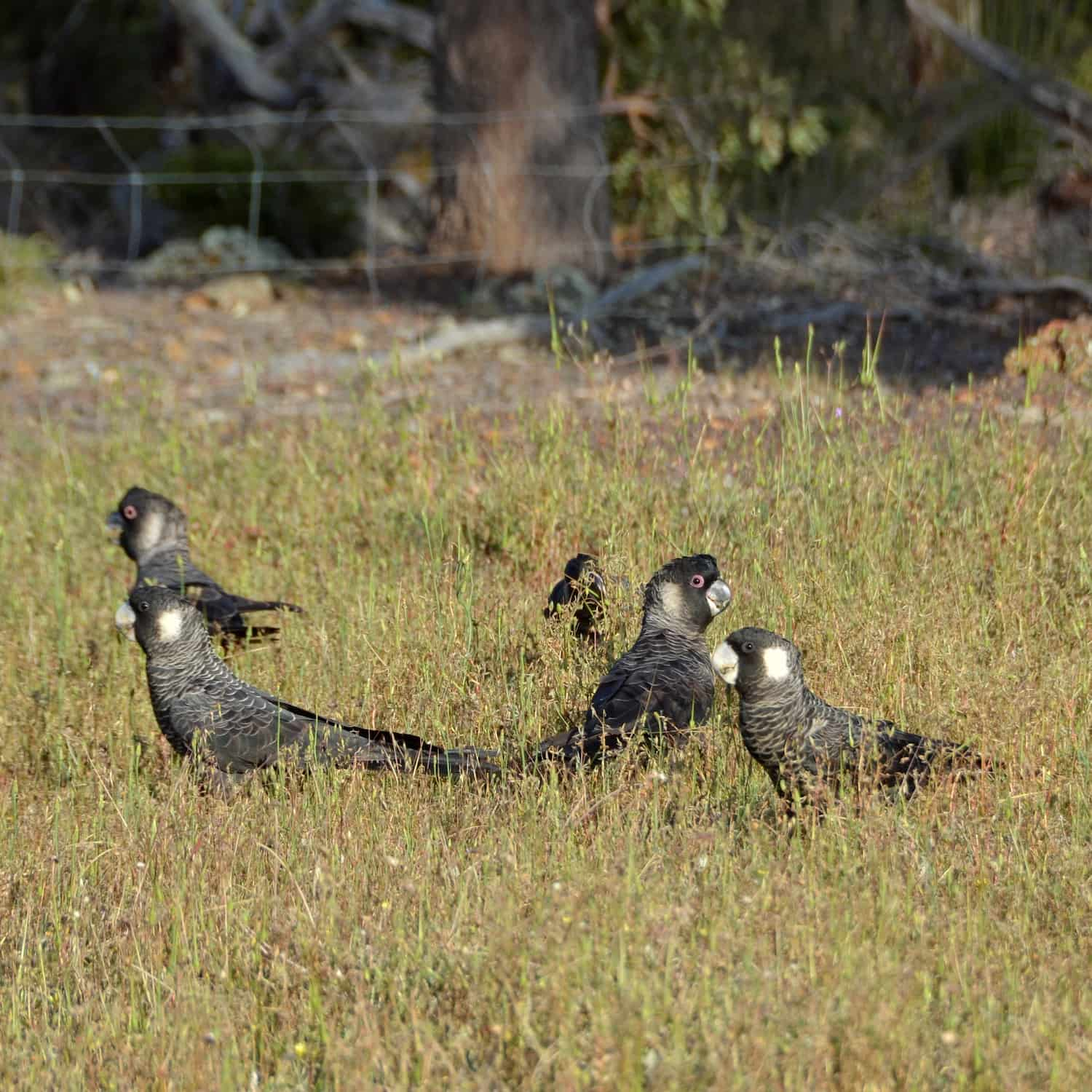
Carnaby’s Cockatoos
Image: Amanda Keesing
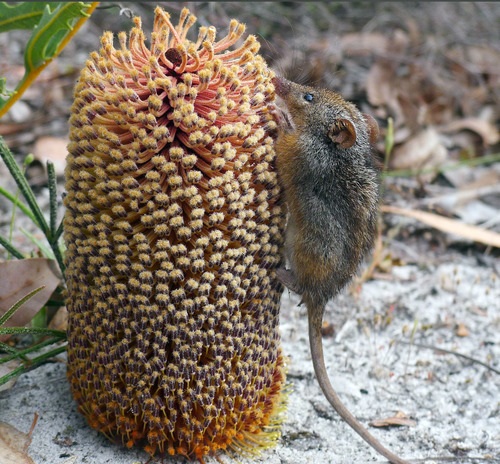
Honey Possum
Image: Bo Janmaat CC BY-NC 4.0
Diversity in soil types creates diversity in vegetation, and the more different kinds of plants and habitat types, the more kinds of animals a place can support.
Nectar loving birds, insects and honey possums are all attracted to Twin Creeks Reserve because of the number of different flowers and habitats.
iNaturalist guides for the Porongurups area:
Twin Creeks is a great place to spot birds, thanks to the open woodlands and low heaths with tracks throughout the reserve. Because there is usually something flowering here, birds are attracted to feed all year around. The freshwater dam attracts waterbirds too, some to drink, and some duck species to nest.
See & Do
Walks
There are five different signposted walk trails around Twin Creeks reserve. All walks are easy to moderate – there are no significant hills, but some sections are rough and uneven. The creek crossing is particularly rocky and uneven, with water flowing in winter and spring and some rock-hopping may be required. The rest of the walks are accessible by prams and wheelchairs, except after heavy rain.
Blue Walk (Lambertia Thickets – Wetlands – Banksia Heath) = 3km loop
Green Walk (Flooded Ironstone Heath – Wandoo Woodlands) = 1.4km one-way, 2.8km return
Yellow Walk (Sheoak-Jarrah/Marri – Mallee – Paperbark = 2.3km one-way, 4.6km return
Orange Walk (Banksia Heath – Melaleuca Heath – Jarrah/Marri) = 5.9km loop
Purple Walk (Mallee regrowth – Jarrah/Marri) = 4.9km loop
Birdlife
Birds endemic to Western Australia spotted at Twin Creeks include (click to enlarge):
Citizen Science
The Friends of Porongurup Range appreciate visitors logging or uploading any interesting animal or plant sightings on iNaturalist while you are visiting the reserve. Upload your sightings at a dedicated page for Twin Creeks.
This helps to build up a database to understand the flora and fauna on the property. Importantly, you don’t need to be an expert or scientist to do this – other people on the iNaturalist site will help you to identify what it is you’re looking at.
All you need is a good photo – check out the website to see what other people have uploaded.
On-ground action
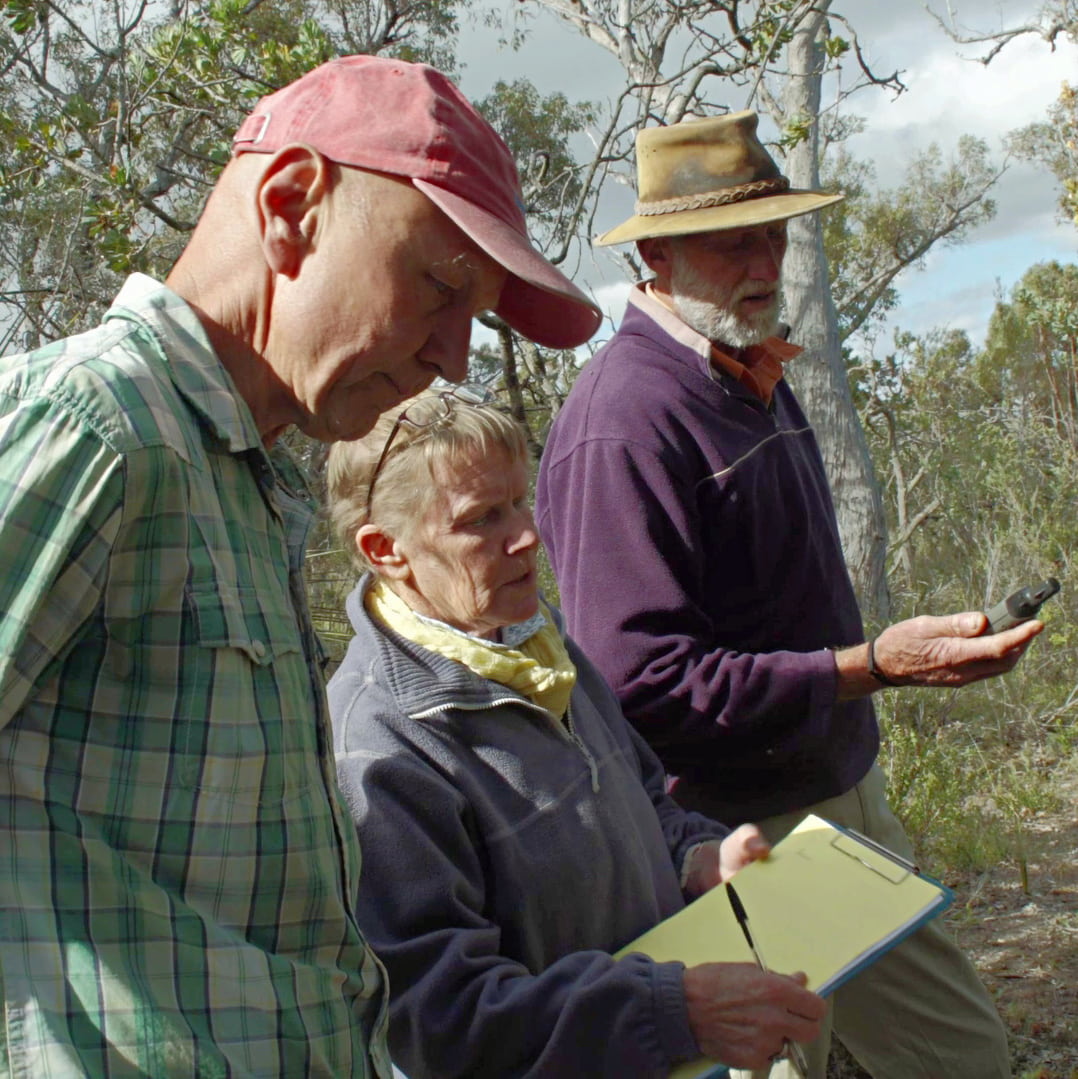
Conservation Projects at Twin Creeks includes on-ground activities to rehabilitate the soil and restore native plant species, dieback management, and surveys to monitor changes in conditions, habitat and populations of local fauna.
Bird data is collected to monitor numbers, behaviour and preferred habitat. The surveys are conducted with assistance from Birdlife Australia, CCWA and volunteers.
Become a member of Friends of Porongurup Range and get involved in the on-ground work.
Get Involved
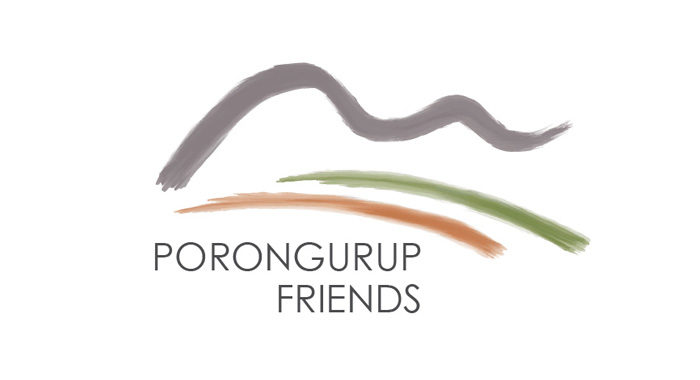
JOIN the Friends of Porongurup Range
DONATE to support their crucial work
FOLLOW on Facebook
SHARE the story of Twin Creeks Conservation Reserve and Friends of Porongurup Range with friends and family
Nearby
There are many other sites to visit nearby including:
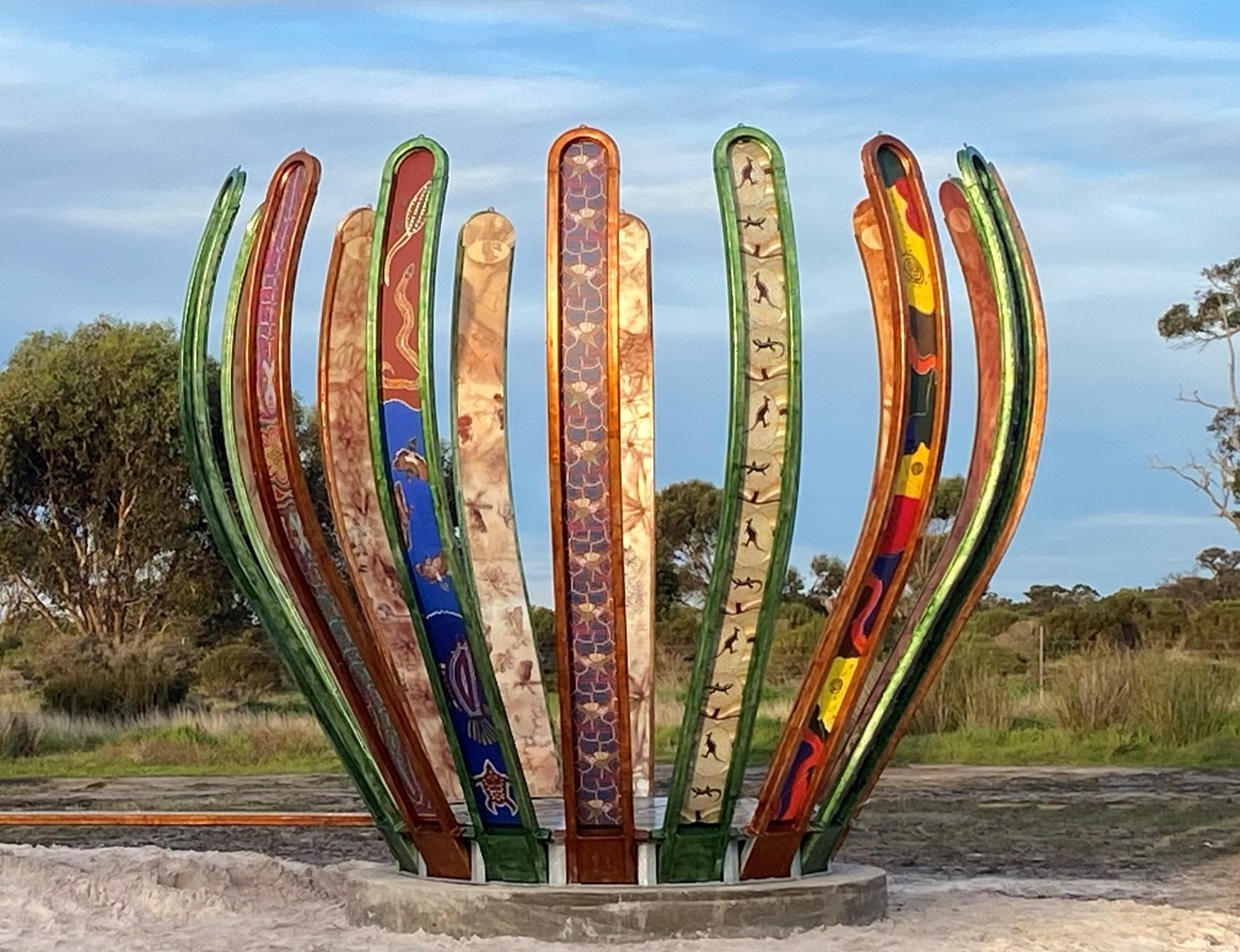
Gondwana Link Sculpture
The Gondwana Link Sculpture is on Knights Rd, on the Twin Creek Conservation Reserve. It is part of a broader Genestreams Songlines Sculptures Project.
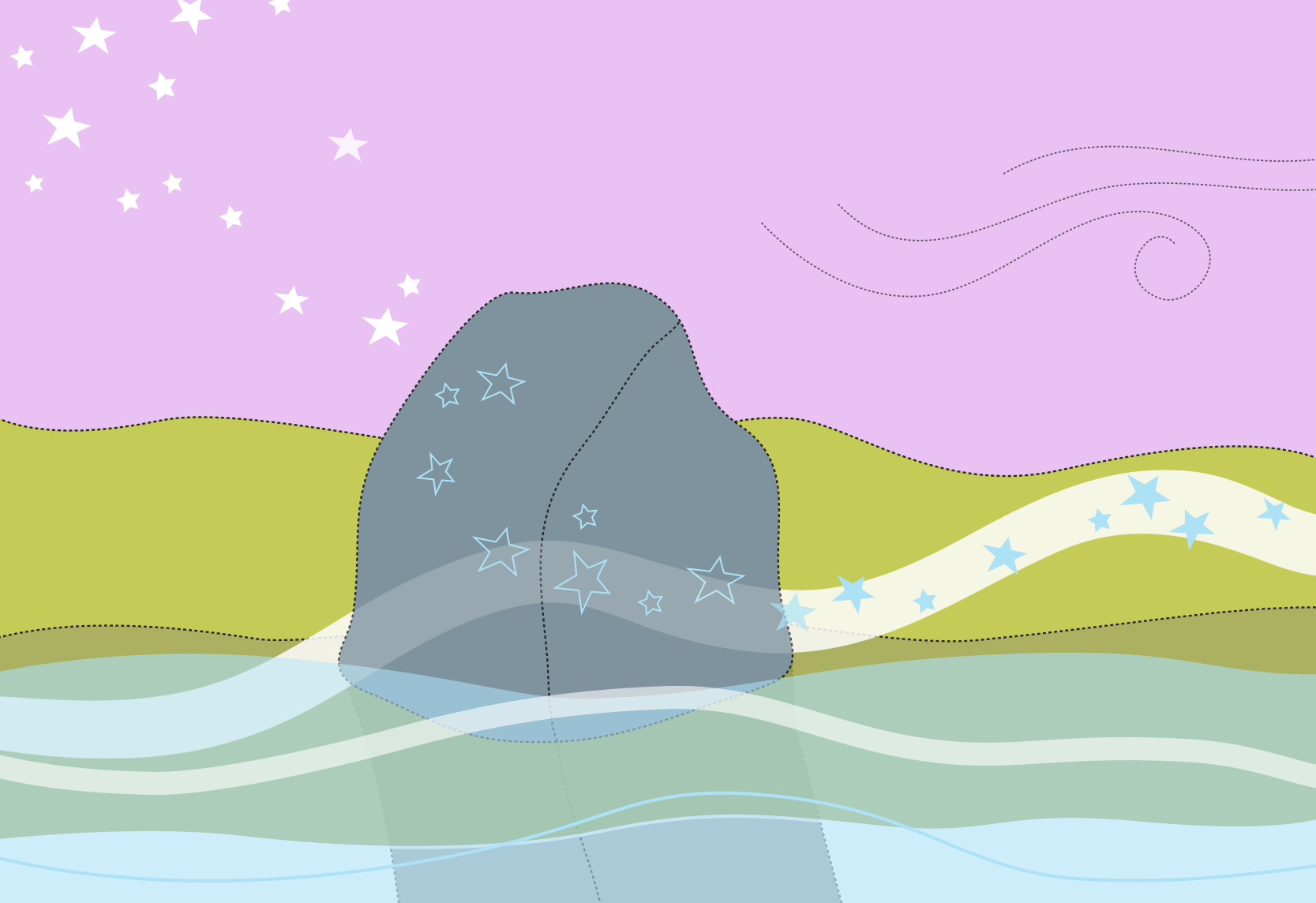
The Stars Descend | Borongur | Friday 23 March 2023
Chapter 3 (Borongur) of The Stars Descend at Twin Creeks Conservation Reserve, Porongurup Range
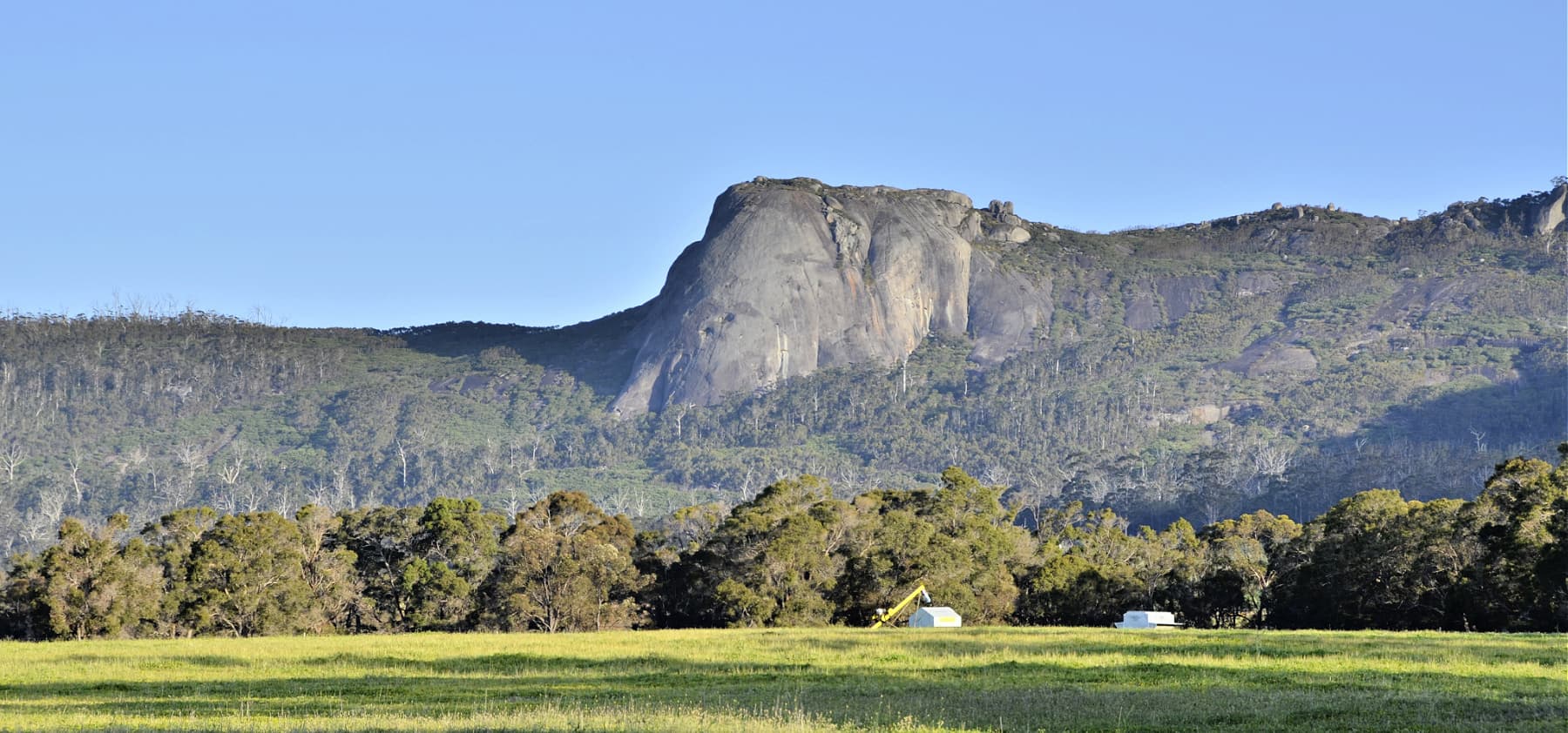
Castle Rock and Walitj Meil trail
The Castle Rock Granite Skywalk and ground level Walitj Meil walk trail are in the Porongurup National Park.
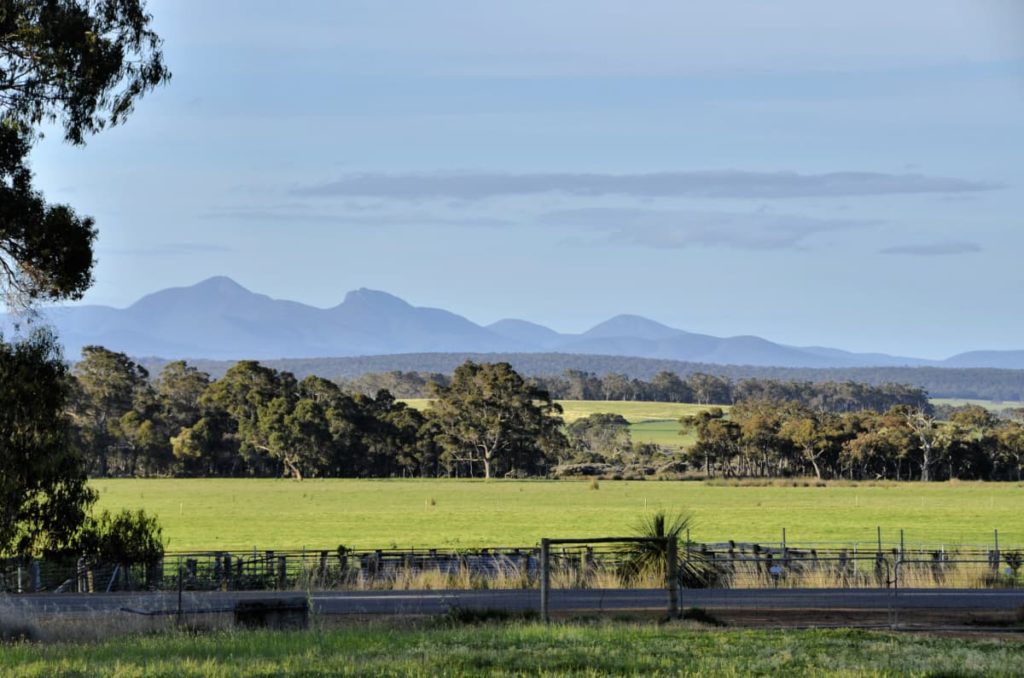
Porongurup Road
Porongurup Rd takes you to the base of the spectacular and ancient Porongurup Range, which is mostly protected in a National Park, also with beautiful views of the Stirling Range.
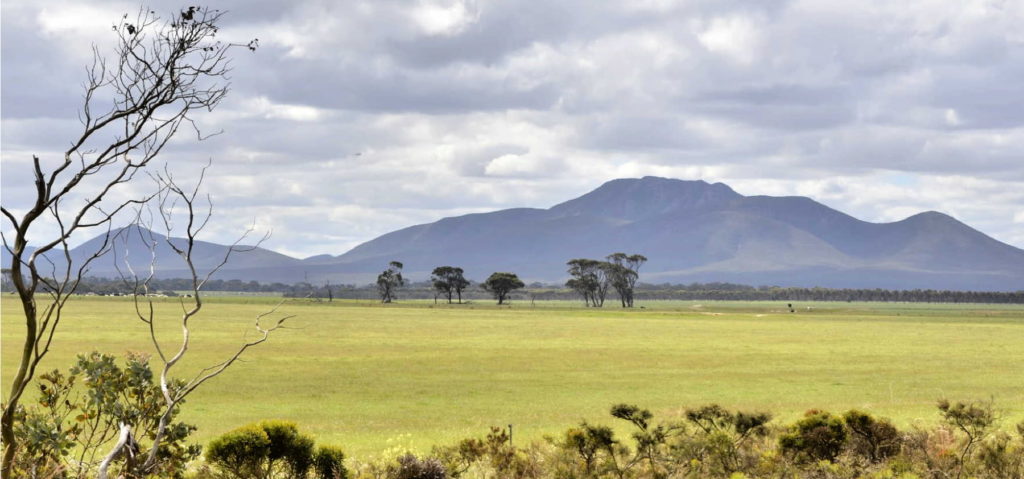
Woogenellup Rd - North
This scenic drive option takes you off the bitumen onto a good quality gravel road that takes you up close to the southern side of the Stirling Ranges.
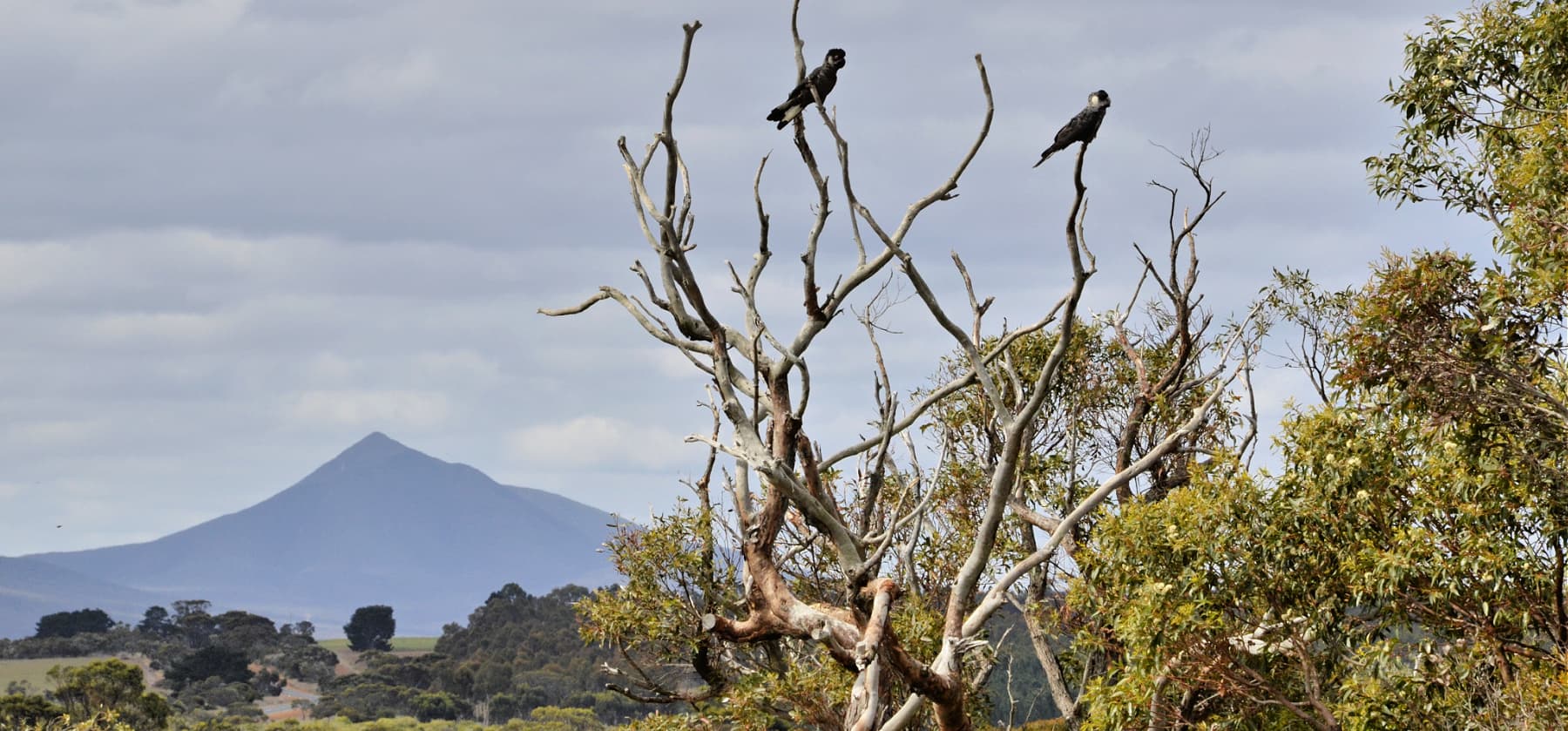
Chester Pass Rd viewpoint
This is just a small gravel roadside stop with views of Koi-Kyenuruff (Stirling Ranges) and across farmland.

Woogenellup Road
This drive from Pwakkenbak and Mt Barker takes you out into some very scenic farm land, with the Stirling Ranges as your ever-present backdrop.

Pwakkenbak / Mt Barker Lookout
At 404m above sea level, this lookout provides a commanding view over the entire region, including both the Stirling and Porongurup mountain ranges.
Practical Information
Directions
Twin Creeks Community Conservation Reserve is at 326 Knight Road, Porongurup in the Vale of the Kalgan, between the Porongurup National Park to the south and the Stirling Range National Park to the north.
Starting from the Porongurup Store/Inn, drive 800m west along the Porongurup Rd, then turn right (north) onto Knight Rd. There is 4km of formed gravel road (2WD will be fine, but drive carefully).
Drive 3.3km north along Knight Rd (from the Porongurup Rd turn-off), and the Twin Creek’s driveway is on your right.
The driveway is about 1.5km long. Keep following the road around to the left, and park near the toilets. There is plenty of room for large vehicles to park and turn around.
Facilities

- Toilets (long drop) with handwashing facilities are available and are wheelchair accessible.
- Rainwater tank near the BBQ that has untreated rainwater – use it at your own risk.
- A free gas BBQ is available on-site, with an undercover picnic table/area – please clean it after use and take all rubbish with you.
- Rubbish bins are not provided at Twin Creeks – please take all rubbish with you.
- Parking and turning area for large vehicles/caravans.
- Telstra Mobile phone reception is available at Twin Creeks.
- There is an information shelter with brochures and maps.
- 5 Walk trails – easy to moderate, mostly flat/undulating, some accessible by wheelchair or prams.
Conditions of Entry
- Out of respect for the native fauna, dogs are not allowed.
- Camping is not permitted.
- No fires
- Bikes are not permitted at Twin Creeks because of the risk of spreading dieback/phytophthora into sensitive areas.
Dieback safety
Dieback (Phytophthora) is a risk to many plants in this reserve, so please clean your boots and walking poles before you arrive, and again at any signed boot cleaning stations within the reserve.
Opening times
The entrance gate will usually be closed but not locked – you are welcome to come in, but please close it behind you whenever you come in or go out.
Twin Creeks will be closed to the public on total fire ban days, or days of extreme weather, for safety reasons. On these days, the gate will be locked and no entry is permitted – please respect this.
Where to eat and stay
See the suggestions from our friends at Great Southern Treasures:
Visitor Information
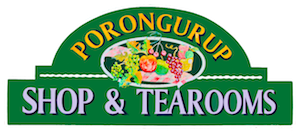
Porongurup Store
On Porongurup Rd, this is a great source of local information with great food and afternoon teas.
(08) 9853 1110

